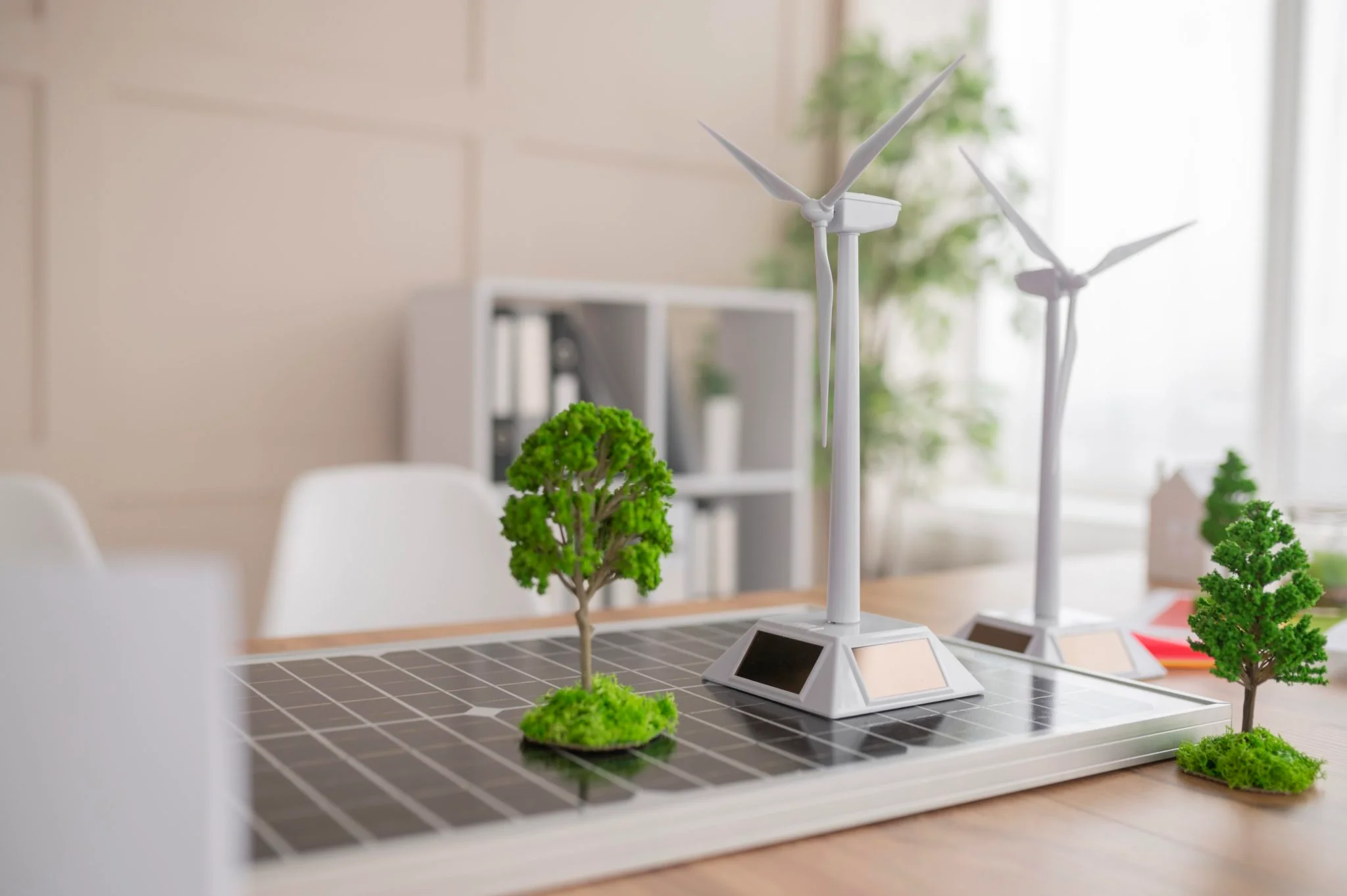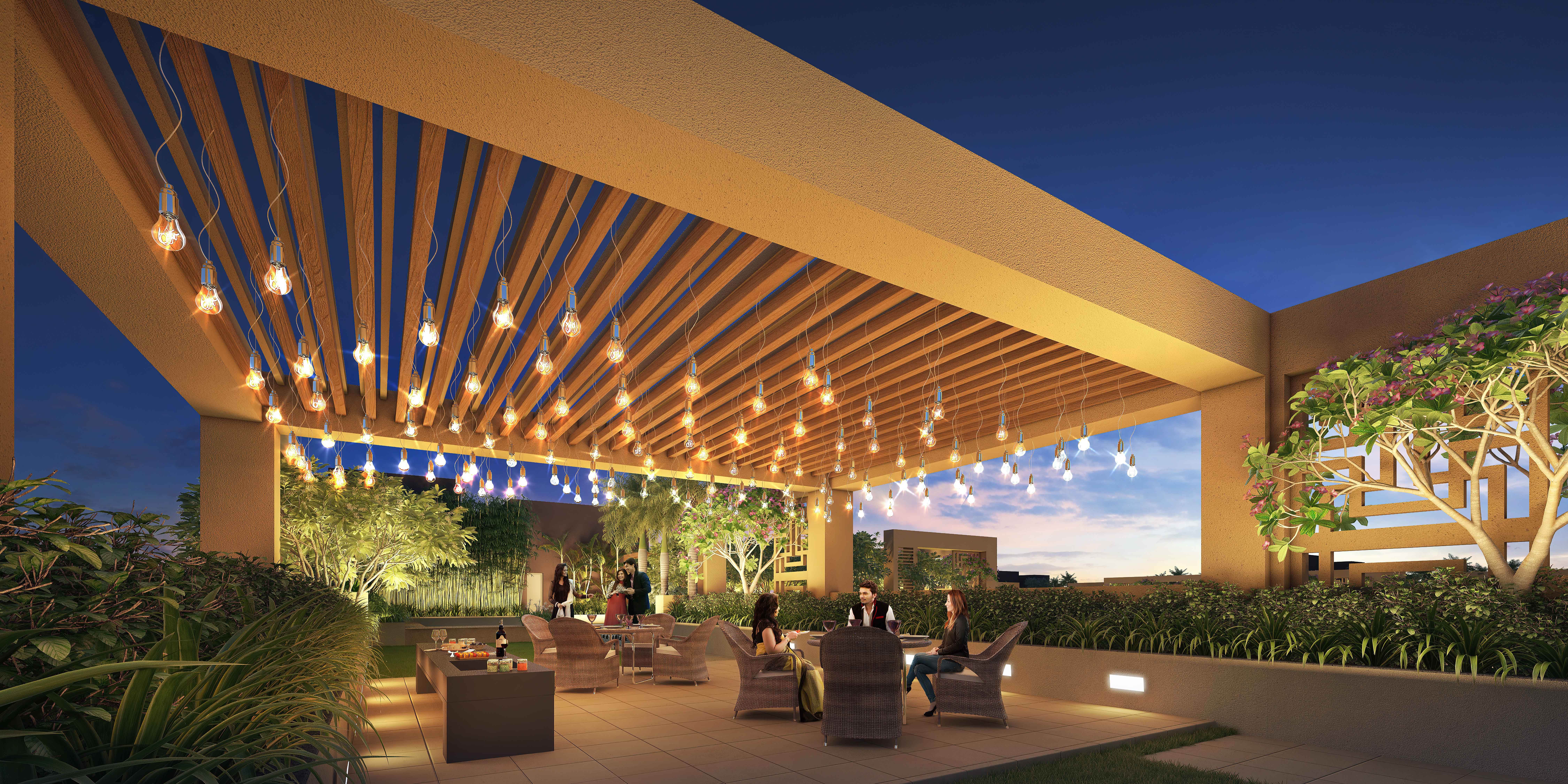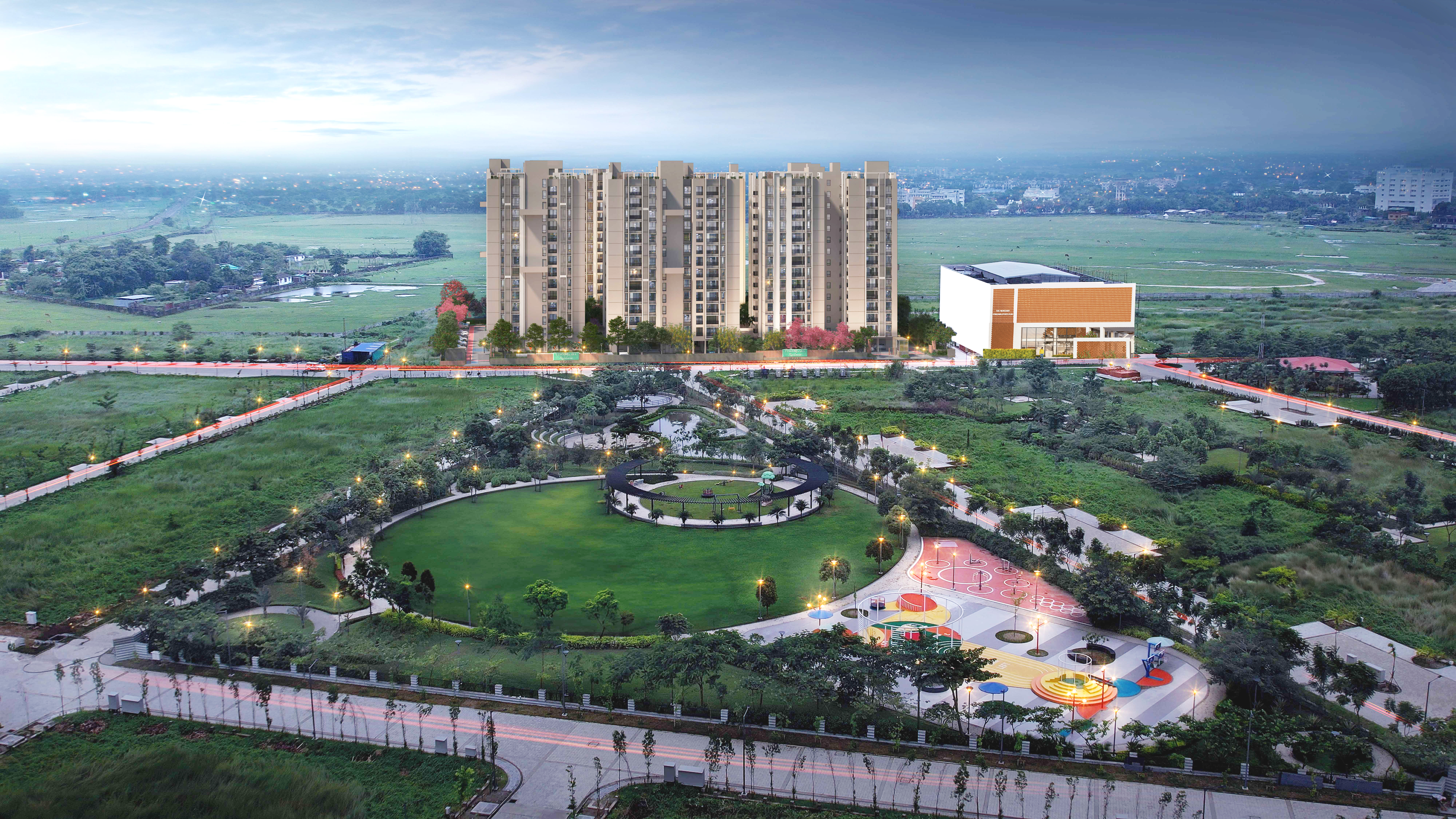
How to Create a Sustainable Living Space
As we continue to face environmental challenges, creating a sustainable living space has become an important goal for many homeowners. Not only is it good for the planet and the future generations, but it can also be a great way to save money and improve your own quality of life.
According to the Indian Green Building Council, “sustainable interior design can result in multi-fold benefits” such as:
– 30-40% reduction in Energy Cost
– 20-30% reduction in Water Requirement
– Enhanced Indoor Air Quality
– Use of Non-toxic Materials
– Better Acoustics & Ergonomics
– Improved Health & Well-being of occupants
So, what are the ways to create such a sustainable space, without compromising on its functionality? Here are some tips to get started:
Start with a Sustainable Design
Before you begin building or renovating your living space, consider the environmental impact of your design. Ask your planner, architect or developer if the design is in compliance with the green building and green interior standards of the country.
Reduce Your Energy Consumption
One vital step you can take to create a sustainable living space is to reduce your energy consumption. This can be done in a variety of ways, such as upgrading to energy-efficient appliances and replacing traditional light bulbs with LED bulbs. Look for appliances that meet specific energy efficiency standards set by the government. Energy-efficient appliances not only reduce your carbon footprint, but they also save you money on your power bills in the long run. You can also consider investing in renewable energy sources such as solar panels, which can help you generate your own clean energy and reduce your reliance on the grid.
Choose Sustainable Lighting
Lighting can have a significant impact on the energy consumption of your living space. Go for flats, apartments and villas that are specially designed to allow maximum natural light within. Besides energy-efficient light bulbs, choose to install dimmer switches to adjust the brightness of your lights. You can also consider installing skylights or solar tubes, which allow natural light to enter your home and reduce the need for artificial lighting.
Use Sustainable Building Materials
When building or renovating your home, it’s important to choose sustainable building materials. This includes materials that are eco-friendly, recyclable, and biodegradable. Some examples include ASE Block with a low carbon footprint and PPC cement with a fly ash percentage of more than 32% in the structural concrete, and low-VOC (volatile organic compounds) paints. Calcium Silicate/ Cement Fibre Board / Cement Plaster Boards — all manufactured out of waste materials — can be used to line the interiors. By using sustainable materials, you can reduce your impact on the environment and create a healthier living space for you and your family.
Choose Eco-Friendly Furniture
Furniture can also have a significant impact on the sustainability of your living space. When choosing furniture, look for pieces that are made from sustainable materials such as reclaimed wood or recycled plastic. You can also choose furniture that is designed to be durable and long-lasting, reducing the need for frequent replacements. Additionally, consider buying second-hand or vintage furniture, which not only reduces waste but also adds character and charm to your space.
Create an Indoor Garden
Indoor gardens are a great way to improve the air quality in your home and create a more sustainable living space. You can grow herbs, vegetables, and even fruits in small pots or containers, which can be placed in the balcony, or on windowsills or shelves. Not only will this help to purify the air in your home, but it can also provide you with fresh, healthy produce for you to use in your cooking.
Reduce Water Consumption
Water is a precious resource, and it’s important to take steps to reduce your water consumption in your living space. This can be done by installing low-flow faucets and showerheads, fixing leaks as soon as they occur, and using a rain barrel to collect rainwater for your plants and garden. You can also opt for apartments that come with grey water management, which recycles water from your sinks, showers, and washing machine to be used for irrigation or toilet flush.
Minimize Waste
Reducing waste is another important step in creating a sustainable living space. This can be done by recycling, composting, and avoiding single-use products such as paper towels and plastic bags. You can also buy in bulk to reduce packaging waste, and choose products made from recycled materials whenever possible. Additionally, consider donating or repurposing items that you no longer need, rather than throwing them away.
Opt for Sustainable Landscaping
Your outdoor space is an extension of your living space, and it is just as important to make it sustainable. Go for apartments and condominiums that have ample outdoor areas with proper landscaping and greens. Choose native plants that require less water and are better adapted to your local climate. Use permeable materials, such as gravel or permeable pavers, for your pathways and driveways to reduce water run-off.
Creating a sustainable living space helps in reducing your impact on the environment and improving your quality of life. With the right approach and mind-set, you can choose to have a sustainable lifestyle, and create a space that is both functional and nature-friendly.
Real Estate





